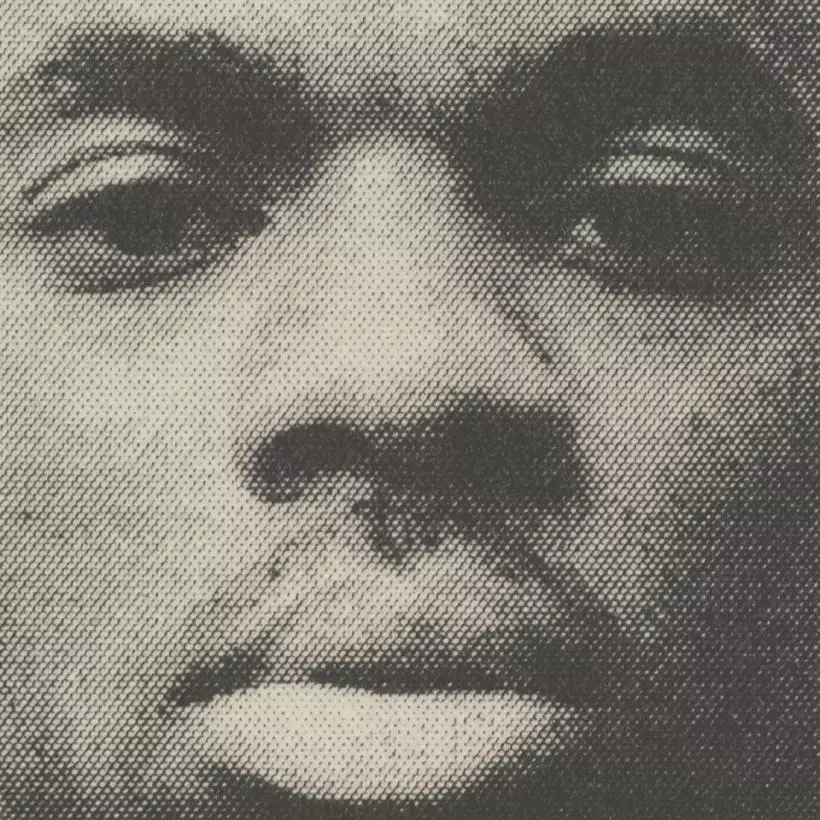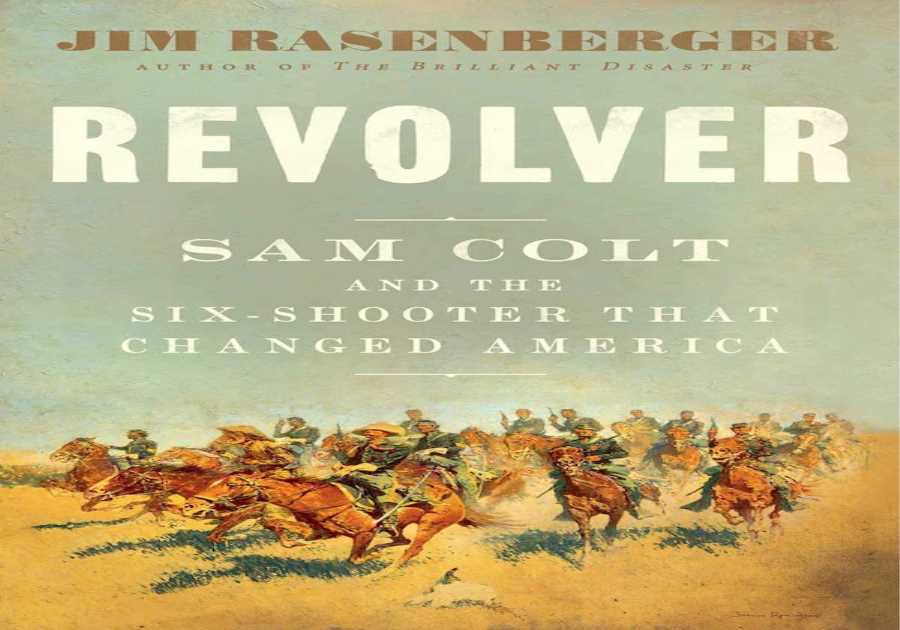
On July 9, Long Beach-bred emcee, Vince Staples, released his fourth studio album, appropriately self-titled, Vince Staples. Since the project’s release, the ten-song LP has reached peak positions on the US Billboard charts at the 21st spot as well as 14th on the Billboard Top R&B/Hip-Hop Albums Chart and 12th on the Billboard Rap Albums Chart. While this is Staples’ most-streamed musical offering to date, this particular musical offering could be considered his most personalized full-length project since his arrival on the mainstream music scene in the mid-2010s.
Vince Staples marks Staples’ second consecutive LP solely produced by hip-hop beatmaker, Kenny Beats, who also produced his last album in 2018’s, FM!. This current album also marks the “Nothing Burns Like The Cold” rapper’s first official LP under his new record label representation in Motown Records as well as Blacksmith Records, a management company founded and operated by hip-hop legend, Talib Kweli. With the commercial success of the album being clearly evident, the content on the rapper turned actor’s latest musical offering turns out to be the most reflective of his life experience, which we as listeners have been exposed to date.
ARE YOU WITH THAT?
Whenever I miss those days. Visit my Crips that lay. Under the ground, running around, we was them kids that played. All in the street, following leads of niggas who lost them ways. Some of them outside still. Some of them inside graves.
— VINCE STAPLES OUT NOW! (@vincestaples) August 9, 2021
The Ramona Park representative kicks off the album atop of a playful organ riff accompanied by a simplistic drum pattern curated by none other than Kenny Beats and co-produced by Reske. Instead of approaching the instrumental with an aggressive flow, Staples effortlessly floats melodically throughout the musical elements finding unorthodox pockets to plug in his lyrical content all the while reminiscing about his upbringing on the North Side of Long Beach. The 28-year-old rapper calmly asks his audience if they’d be willing to experience the traumatic events that have become commonplace throughout his experience as an adolescent.
Staples’ most impactful lyrics come at the front end of the second verse as he expresses his yearning for the company of his former associates that are no longer with him today. While he closes out the verse celebrating his current upward trajectory, the grief in his delivery is apparent as no amount of success or money can heal the wounds of the fallen soldiers, dead homies, and family members he continues to miss to this very day.
LAW OF AVERAGE
The next musical experience on the VS LP comes in the form of the first single off of the album entitled, “Law of Averages.” Prior to the release of Staples’ fourth studio album, the song made its rounds across social media and throughout the blogosphere building up anticipation for the record and did not disappoint being one of the most commercially palatable songs on the album.
On the song produced by Kenny Beats and Reske, the “Sleep” songwriter nonchalantly shouts out the notorious blocks of Cherry Ave and Downey Ave as well as the more infamous streets of Locust Ave and Dairy Ave before vehemently denying a “bad b*tch” access to his funds and lifestyle. While one of the more playful tracks on the album, Staples still expresses a certain paranoia that can only be truly explained once immersed in the realm of Long Beach/Los Angeles’ gang culture. With the combination of the dizzying yet captivating instrumentation, Vince’s lyrical performance, and the visuals directed by Kid Studio, “LAW OF AVERAGES” has the potential to become one of Vince Staples’ most coveted musical performances ever.
SUNDOWN TOWN
“SUNDOWN TOWN” might be one of the most introspective pieces of music on the album as Staples takes his listeners on a journey of temporarily homeless, theft for survival purposes, and the forever plaguing paranoia of his newfound celebrity in combination with his traumatic past life. The instrumental features a semi-distorted electric guitar riff alongside an unidentified haunting vocal sample, dancing high hats, and a hard-hitting snare-led drum pattern.
On the record, Staples raps,
“I don’t fear no man, only Allah got the upper hand
Lost too many friends to the down the streets, I can’t pretend
That I’ll make amends, I know that the blood gon’ spill again
Hanging on them corners same as hanging from a ceiling fan
When I see my fans I’m too paranoid to shake their hands
Clutching on the blam, don’t know if you foe or if you fam”
A truly uncomfortable admission that reveals a level of vulnerability we have yet to experience coming from the “Norf Norf” rapper making this track one to be truly appreciated by those who are fans of the art form as well as his hip-hop peers that hail from truly disturbing environments and have found their way into notoriety.
THE SHINING
On probably one of the most slept-on tracks on the entire album, Vince Staples flexes his songwriting abilities on “THE SHINING.” This time around Kenny Beats was aided by the likes of Harper Gordon and WahWah James for the song’s production. This specific instrumental display features a sample-led loop alongside an omnipresent, thunderous 808 bassline that is held together by a light clapping snare.
While the song is heavily influenced by the use of firearms and gun violence, Staples uses his platform to take shots at his hip-hop rivals claiming he’s too authentic to fall into the category of the broke emcee accompanied by the dysfunctional, hip-hop ” side piece.” With the use of yet another creative flow, Staples allows his adlibs to become somewhat of the focal point of the track before ending the song shouting out world-renowned gun manufacturers including the likes of Kel-Tec CNC, Taurus Firearms, Glock Ges, and more.
TAKING TRIPS
On “TAKING TRIPS,” Kenny Beats and Monte Booker utilize Utopian Concept’s “Day May Come, Days May Go” as the catalyst for the song’s instrumental in combination with a perfectly embedded drum sequence that is neither overpowering nor invasive to the original sample. Once again, Vince Staples glorifies the act of checking and set trippin’ on other participating patrons of gang culture throughout the North and East Side streets of Long Beach, California. The former Poppy Street resident also displayed a little bit of vulnerability in regards to commitment on the track rapping,
“I ain’t gon’ lie (nah), always been the one to cuff (uh-huh)
I ain’t gon’ lie, sometimes I hit it once and them I’m stuck (aw, yeah)
I ain’t gon’ lie (nah), no you not the only one
I ain’t gon’ lie, she only want me ’cause I touch money”
Right after this declaration, Staples finds himself back into the mental strife of constantly having to look over his shoulder even when attempting to enjoy the scenic views and jovial experiences of Long Beach’s stunning beach views. The song speaks as a muse of acceptance into the realm of the city’s infamous gang culture all the while remaining sonically pleasing.
THE APPLE & THE TREE/TAKE ME HOME
Leading into one of the brightest highlights on the backend of the album, Vince Staples allows his very own mother to be an integral part of the project on the interlude “THE APPLE & THE TREE.” On the obscure audio track, Mama Staples openly reveals some of the mistakes she makes during her youth. Those mishaps include committing perjury on the witness standing in order to save Vince’s father from doing time as well as venturing out into a rival neighborhood in search of an adversary. Mama Staples admits to her former lack of maturity before Kenny Beats’ “TAKE ME HOME” instrumental comes in full force.
“TAKE ME HOME” is one of the more polished musical offerings on VS as it features the likes of up-and-coming singer/songwriter, Fousheé on the hook. On yet another guitar-driven instrumental, Vince Staples displays his deepest level of psychosis yet as his past continues to haunt his present. Throughout the first verse, the “Samo” rapper expresses his inability to maintain healthy relationships while still holding onto his regrettable actions as he raps,
“Tell me what I did now, drying off your tears now
Fighting for some years now, something’s gotta give (for real)
I don’t want a rebound, I just wanna sleep sound
Don’t wanna dream ’bout the shit I done did”
To close out his final verse on the prominent track, Staples’ reveals his fear that his success could result in his death, being that he is one of the very few granted the opportunity to make it out of such a bleak environment that is known for its destructive design that continues to take and taint the lives of many to this very day. Unaware of who’s a true companion, an ally, or an enemy his confusion leads to his delusion which can result in eventual derangement.
LIL FADE
“LIL FADE” stars a sped-up sample from the original motion picture Sannata by Rajesh Roshan and Majrooh featuring Lata Mangeshkar accompanied by a thudding bassline and perfectly incorporated drum pattern. This song is simply an ode and celebratory track of Staples’ former Crip affiliation as he informs his audience of his involvement with various activities that have led to the rise and prominence of North Side Long Beach’s nefarious reputation as one of Los Angeles County’s most dangerous neighborhoods . While seemingly violent, the light-hearted horn and string sections and Staples’ effortless flow make “LIL FADE” one of the easiest listens on the entire album. To close out the track, the Prima Donna curator shouts out his fellow affiliates who are currently entrapped in the penitentiary system. “Man, free all the homies, y’all know what it is.”
LAKEWOOD MALL/MHM
On the final interlude of the album, Vince Staples tells the story of how he exchanged a firearm with an associate at Long Beach’s cherished Lakewood Mall which allowed him and his companions to escape a close-call run-in with the authorities. After an eventful day, Staples decided to remove himself from the company of his compadres who later got booked for a double homicide. Staples reveals the moral of this particular story, being cognizant of when to remove oneself from possibly life-altering situations.
To close out the album, Vince Staples flawlessly skates over the production curated by Kenny Beats and Nils. Once again, honoring his North Side Ramona Park roots, the “Blue Suede” rapper references the notorious Church’s Chicken on the corner of South Street and Cherry Ave before shouting out the likes of his currently incarcerated cronies in HD and B. Skrap within the song’s adlibs. As the album quietly comes to an end, Staples’ provides turn-by-turn directions through his Crip-ran set that reigns supreme amongst the North Side of the Beach. Dead homies.
*****
The Vince Staples LP listens as an intense therapy session of a troubled young man who is at times overwhelmed by his recent success all the while nonchalantly championing the destructive lifestyle that has molded him into the complex, hardened, intellectual being that he is today. This very same way of life has plagued the memoirs of many patrons that have participated in the gang lifestyle which has resulted in the dysfunction of the family structure of many communities around the country since the ’80s. In the month of July alone, LA county witnessed a total of 46 shooting deaths, a 21% increase in the Los Angeles homicide statistic from the month of June making July LA’s deadliest month in over a decade. Despite the horrific reality of these circumstances, these environments have been called home to some of the brightest minds the world has ever seen and continues to mold many of the beautiful roses that rise from the concrete today.
While still eloquently written, Staples’ metaphoric and creative wordplay skills may not be on full display on this particular project but, his direct delivery, melancholy tone, and overall song content informs listeners of the dark side of not only one of America’s most charming cities but the world’s most enchanting cities in Long Beach, California. Now that Vince Staple’s voice has become fully integrated as one of the most important of this current generation’s hip-hop scene, his artistry now holds a new type of responsibility as a leader of today’s west coast elite emcees.
With that being said, all hail the King of the Norf, Vince Staples.
Did you miss our previous article...
https://galleryforgreatguns.com/manufacturer-news/selfie-purple-shoes-nasa-sweatshirt-lead-to-convictions-in-hampton-roads-robberies






